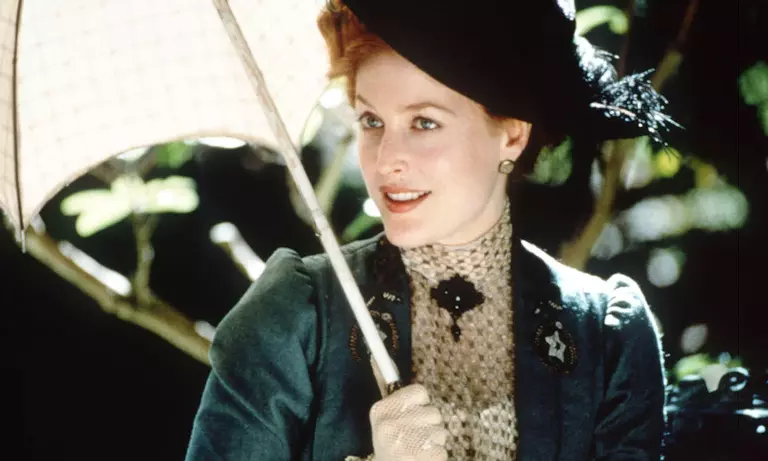
Dir. Matt Cimber, US, 1976, 88 mins
Cast: Millie Perkins, Lonny Chapman, Peggy Feury
Review by Colin Dibben
The dark side of the 70s southern California Me Generation is on florid display in this likeable if garrulous film.
Molly (Perkins) daydreams her days away on Santa Monica beach, with her young nephews in tow. Her nights she spends working as a waitress at a beach bar run by Long John (Chapman).
Her personality may be disengaged and affectless, but Molly’s daydreams are excessively violent. In them, she castrates men, in an attempt to come to terms with a childhood trauma she can only remember in flashes.
When two American football players are found dead, it looks like Molly’s dreams have become murderously real.
The Witch Who Came from the Sea is part of Arrow Film’s American Horror Project, showcasing overlooked, genre-bending indie ‘horror films’ from the decade that taste forgot.
The three films presented so far are good examples of the kinds of collaborative work that cash-strapped indie films need to engage in; and the finished films reflect this ‘assembled-in-parts’ aesthetic.
In the case of The Witch Who Came from the Sea, Millie Perkins (The Diary of Anne Frank, The Shooting) got her then husband Robert Thom to write a screenplay for her, to help pay off his hospital bills. It’s a brave performance from her, although she had form for exploitation films as well as the wonderful Monte Hellman films from the mid 60s.
Meanwhile, cinematographer Dean Cundey (Halloween, The Thing) got director Matt Cimber to agree to using anamorphic lenses for the film, to make it look widescreen and ‘classy’. This also allows for some nicely intricate long shots.
And director Cimber got some great character actors (Chapman, Feury) to turn in spot-on, whacked-out performances that deserve better lines.
There’s a lot of very fake looking blood on show, but this isn’t really a horror or slasher film, it’s more like an extreme psychological drama. In fact, the most disturbing parts of the film are the flashbacks with their incestuous paedophilia theme and very young actor. The scene in which the young nephews feed their aunt pills and vodka is also extremely odd, all the more so for being filmed in an undramatic fashion.
The dialogue tends towards stream of consciousness ramblings – quite literally in Molly’s case – but that seems appropriate given the self-absorbed characters. Molly never wakens from her dream but the belated wake-up call for Long John and Feury’s waitress gives some resolution to the drama.
The Witch Who Came from the Sea certainly gives a feel for a specific time and place. In one of the extras, Millie Perkins says that the idea behind the script was to highlight the tawdry Santa Monica-Malibu pill-popping, swinger set of the early 70s. It does that.
Of the three films currently presented as part of the American Horror, Malatesta’s Carnival of Blood (1973) is also well worth a peek. It’s warped hall-of-mirrors weird and jam-packed with jaw-dropping, distorted, deserted fairground imagery.
Unfortunately, Malatesta’s Carnival of Blood is also utterly undramatic, partly because the production was so low budget that director Christopher Speeth couldn’t afford enough footage to edit scenes properly. There’s a lot of one camera, one set up, one take going on here.
With Malatesta’s Carnival of Blood, too, the extras give the alert viewer lots of valuable information about the process of writing, designing and producing indie films in the golden era of independent film making.
The Witch Who Came from the Sea and Malatesta’s Carnival of Blood are out on DVD and Blu-ray on 5 December.







